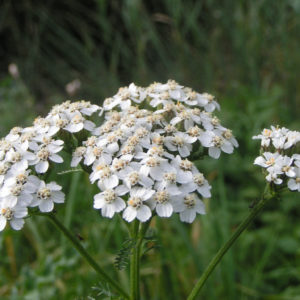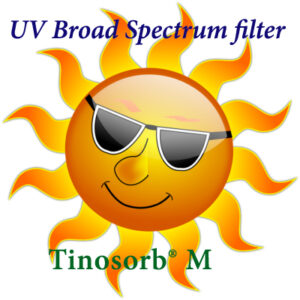Phytexcell™ Green Tea
€ 8,00 – € 37,00 inc. VAT
Το Phytexcell™ Green Tea is an extract of Camellia Sinensis leaves with certfied antioxidant, anti-free radical, astringent, soothing, lipolytic and tonic action, due to its high concentration of epicatechin-3-0-gallate, caffein, theophyllin, quercetin και rutin.
INCI: Glycerin (and) Butylene Glycol (and) Water (and) Camellia Sinensis Leaf Extract
Originating from the high valleys of China, and India, Tea is available in at least 2000 varieties.
According to Chinese legend, the use of tea as a drink would have appeared in the year 2737 BC when some leaves are said to have fallen from a tree into the hot water prepared for the Emperor Shen Nong.
The drink for all the social classes in Asia, it has a very important role. Indeed, tea leaves contain large quantities of antioxidant substances which act against free radicals and protect our cells from everyday aggressions.
New pharmacological experiments have shown that tannins from green tea leaves have anti-microbial, anti-inflammatory and radical scavenging characteristics. Green tea extracts are said to inhibit the formation of plaque in that they interfere with the metabolism of Streptococcus mutans.
The main components of green tea are alkaloids (e.g. caffeine), polyphenols, flavonoids, gallic acid, saponins, carotinoids, amino acids, volatile components and minerals with astounding levels of fluorides, in particular potassium fluoride. The tannin content of green tea leaves is said to be between 10 and 25 %. The tannins consist mainly of (+) catechin, (-) epicatechin, (-) epigallocatechin and (+) gallocatechin.
Active molecules / Related properties
- Caffein, theophyllin → timulant, lipolytic
- Flavonoids (quercetin, rutin) → Radical scavenger, vitamin P, soothing
- Catechin tannins (-)-Epicatechin-3-0-Gallate → Astringent, antioxidant
Brand
Crodarom
Only logged in customers who have purchased this product may leave a review.


 Ελληνικά
Ελληνικά













Reviews
There are no reviews yet.